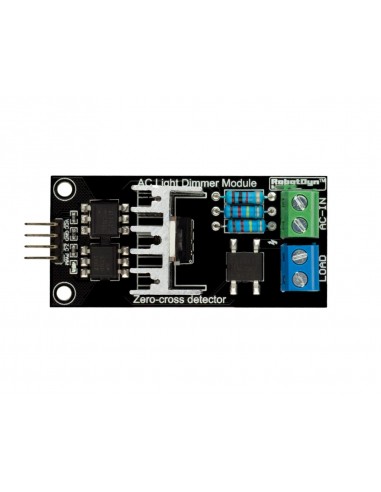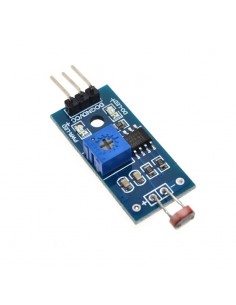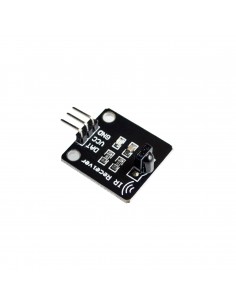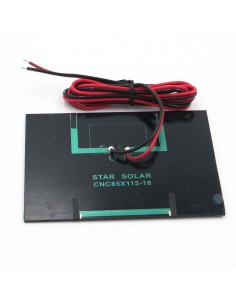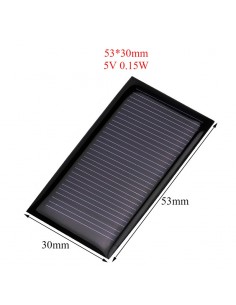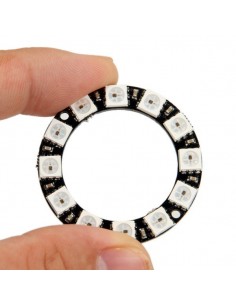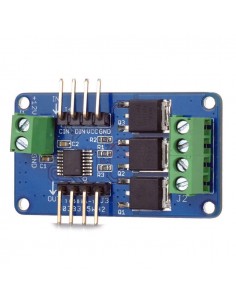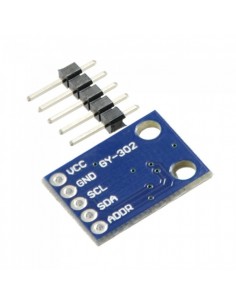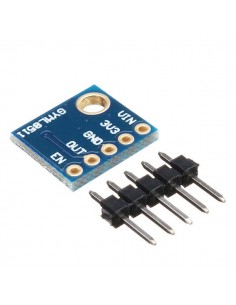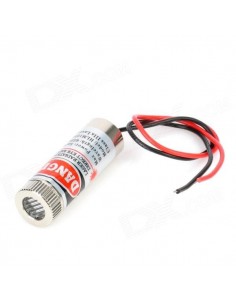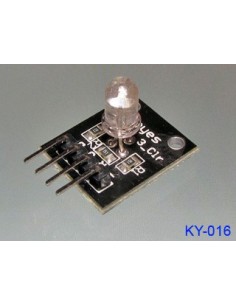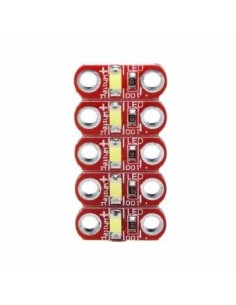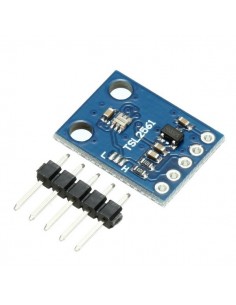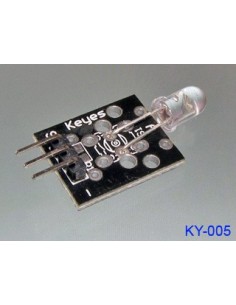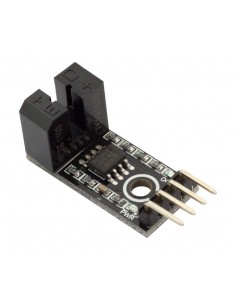Dimmer (1 channel)
Description:
We all know what an AC dimmer is; for those who don’t, it’s a kind of a circuit which can control the amount of AC voltage to be given to any device. You can see them in a fan regulator or a light dimmer switch.
It's good for a smart home if you need to turn the lighting on and off slowly. The lamp is slow damped, this creates a pleasant effect.
Also can control AC/DC motor, electric pump, tools.
Pulse Skip Modulation
Another way of doing this is by Pulse Skip Modulation. With PSM, one or more full cycles (sinuswaves) are transferred to the load and then one or more cycles are not. Though effective, it is not a good way to dim lights as there is a chance for flickering. Though it might be tempting, in PSM one should always allow a full sinuswave to be passed to the load, not a half sinus as in that case the load will be fed factually from DC which is not a good thing for most AC loads. The difference between leading edge cutting and PSM is mainly in the software: in both cases one will need a circuit that detects the zero crossing and that can control a triac.
A circuit that can do this is easy to build: The zero crossing is directly derived from the rectified mains AC lines – via an optocoupler of course- and gives a signal every time the wave goes through zero. Because the sine wave first goes through double phased rectification, the zero-crossing signal is given regardless whether the sinus wave goes up through zero or down through zero. This signal then can be used to trigger an interrupt in the Arduino.


